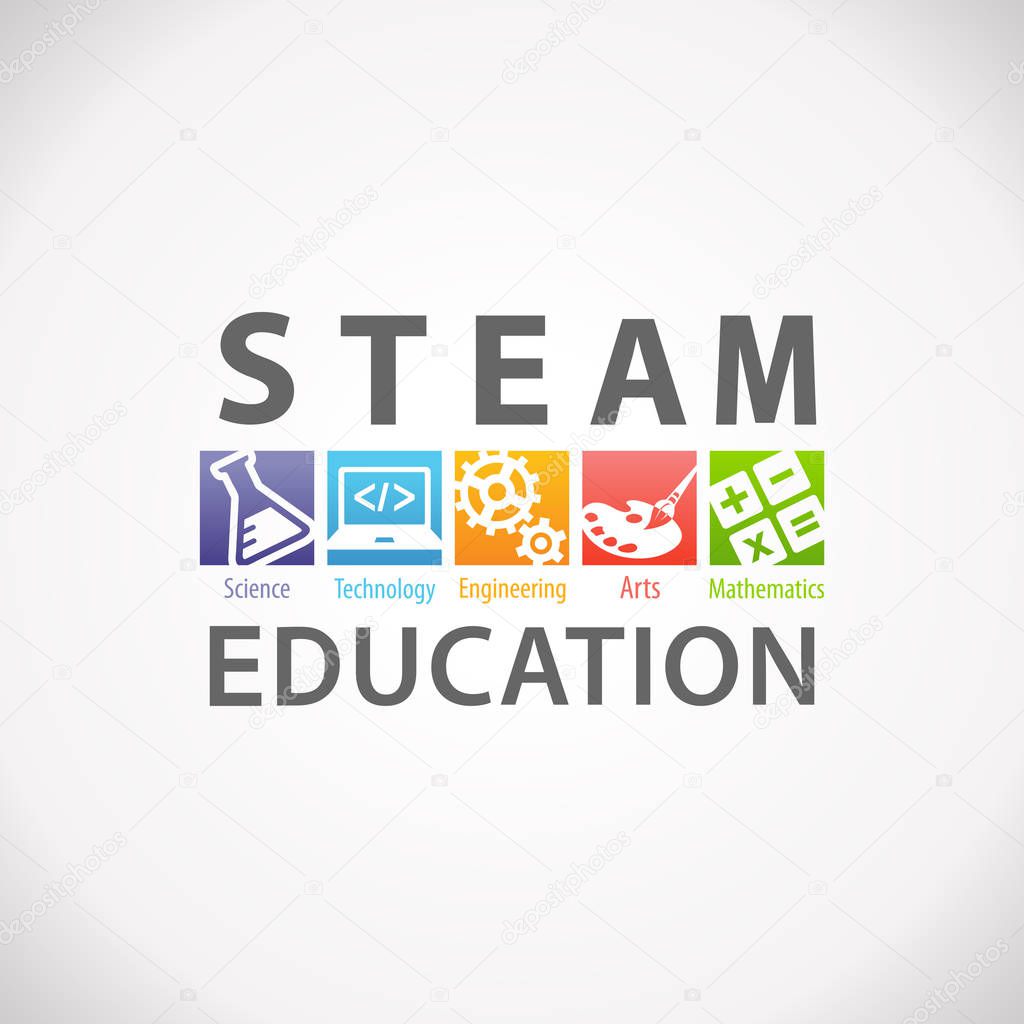
STEAM curricula help to understand conceptual factors of science, technology, arts. This is something a STEAM education can effectively prepare them to do. It focuses on technical skills, while STEAM focuses on hard and soft skills. Since we don’t yet know what jobs will look like as we progress further into the 21 st century, it makes sense to educate our children with the skills and capacity to think outside the box with creative solutions. For example, if students had an assignment to create a product as a STEM project, incorporating arts in an authentic way would be to improve the appearance or design of the product using principles of industrial design. It’s not about adding creativity to STEM, but rather to apply art in real-world situations. In order to create a successful STEAM program, it is essential that the arts are included in STEM in an authentic way. Problem-solvers in the future will have to look beyond what first feels like a limitation and approach challenges with inquiry, wonder, and innovation. As STEM education matures, and the prevalence of STEM professions continue to grow, there’s a clear need for students to utilize skills that are derived from artistic. While the STEAM movement is still relatively new, it's gaining "steam." In fact, the revered children's education program Sesame Street has added STEAM to its program. STEAM education takes STEM learning and kicks it up a notch by applying creative thinking, imagination, and design skills typically through project-based learning. Here's how educationalist Sir Ken Robinson discusses STEAM in his TedTalk.
#Steam stem education how to
Although some feel this distinction is unnecessary because regular STEM incorporates creativity, leaders of the STEAM movement feel that the arts provides a critical missing piece to STEM education that then prepares students to not only understand science, technology, engineering, and math but know how to apply principles from each of these disciplines to creatively solve problems. STEAM incorporates the benefits of STEM in and through the arts to give a more complete, well-rounded education.

In fact, many employers, educators, and parents believe STEAM helps fill in a gap left by STEM of key skills/attributes children need to thrive. Students who receive a STEAM education engage in experiential learning, collaborate with others, and persist in problem-solving as they take thoughtful risks and work through the creative process. It's this science success and art connection that make STEAM proponents believe that by integrating arts to a child's education, it creates a person more ready to meet the ingenuity demands of our economy. Compaired to other non-STEM job occupations where workers make an average of 55,000 a year, STEM workers are doing well, almost double the income.

Depending on where you live, this might seems below average for a college education.

When you compare these successful scientists with others, they are significantly more likely than other scientists to practice art in a variety of forms, from acting to singing, writing poetry to woodworking, and more. The average salary for all STEM workers is 100,900. In fact, according to one study, nearly all Nobel laureates in the sciences practice some form of art as adults.


 0 kommentar(er)
0 kommentar(er)
